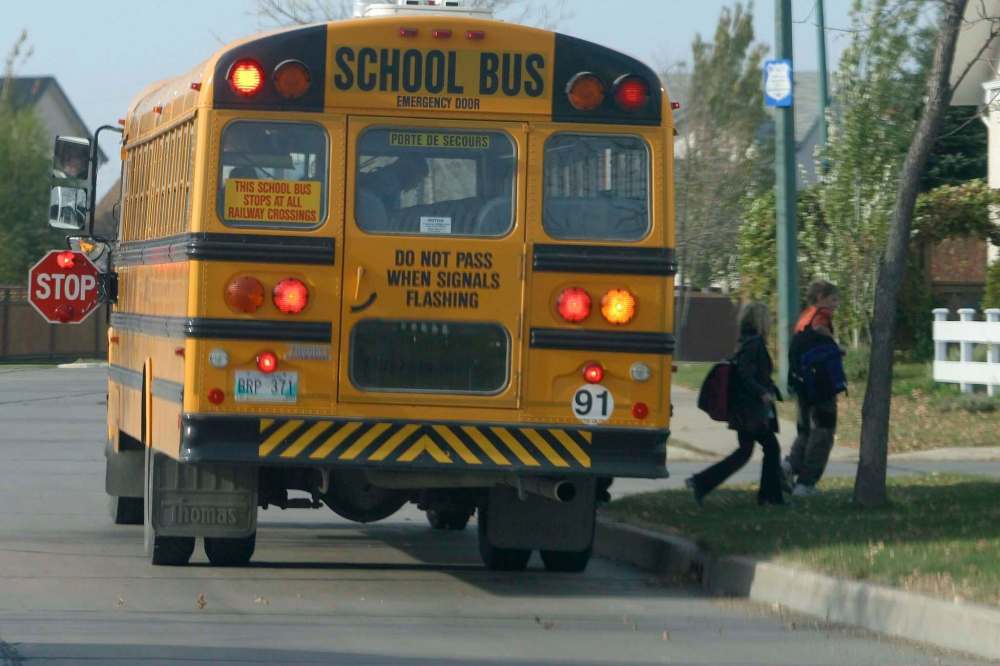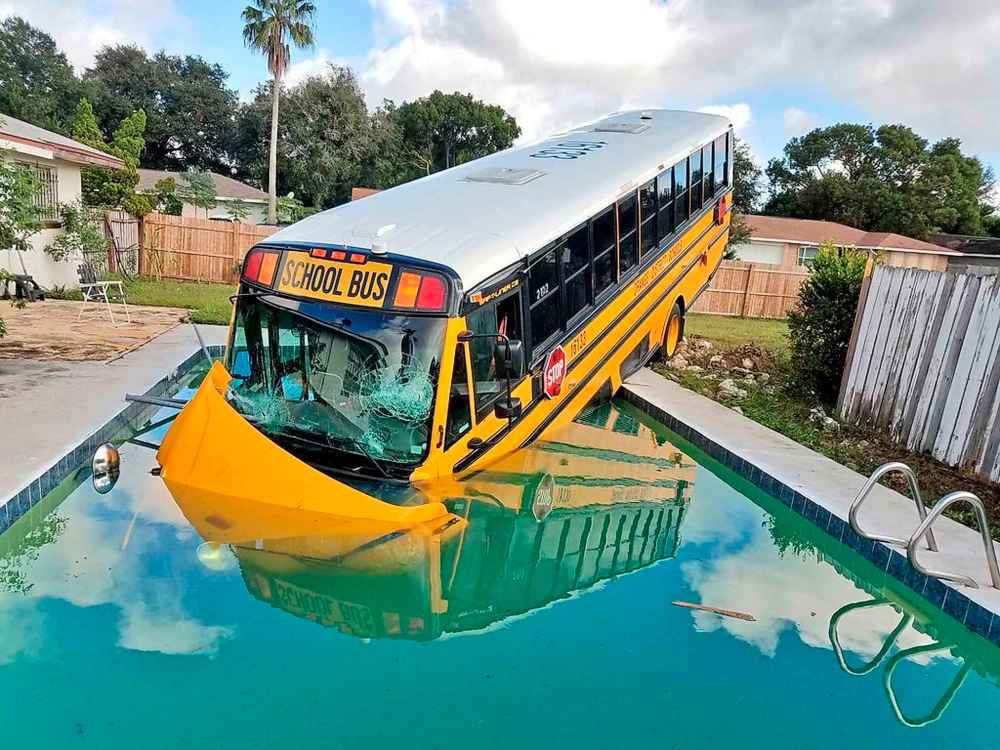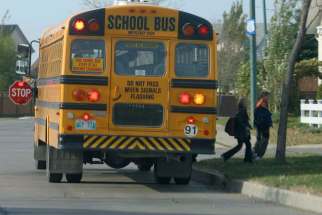Seatbelt issue requires careful study
Read this article for free:
or
Already have an account? Log in here »
To continue reading, please subscribe:
Monthly Digital Subscription
$0 for the first 4 weeks*
- Enjoy unlimited reading on winnipegfreepress.com
- Read the E-Edition, our digital replica newspaper
- Access News Break, our award-winning app
- Play interactive puzzles
*No charge for 4 weeks then price increases to the regular rate of $19.00 plus GST every four weeks. Offer available to new and qualified returning subscribers only. Cancel any time.
Monthly Digital Subscription
$4.75/week*
- Enjoy unlimited reading on winnipegfreepress.com
- Read the E-Edition, our digital replica newspaper
- Access News Break, our award-winning app
- Play interactive puzzles
*Billed as $19 plus GST every four weeks. Cancel any time.
To continue reading, please subscribe:
Add Free Press access to your Brandon Sun subscription for only an additional
$1 for the first 4 weeks*
*Your next subscription payment will increase by $1.00 and you will be charged $16.99 plus GST for four weeks. After four weeks, your payment will increase to $23.99 plus GST every four weeks.
Read unlimited articles for free today:
or
Already have an account? Log in here »
Hey there, time traveller!
This article was published 15/01/2019 (2523 days ago), so information in it may no longer be current.
Installing seatbelts on school buses would initially seem like a basic parenthood issue. Who could object to keeping children safe?
So, it’s fitting that a campaign to get seatbelts on all Manitoba school buses was started by a conscientious mother, Petra McGowan. Her 40-member group, Manitoba Parents for Mandatory Seatbelts, is in the process of organizing a petition calling on the Manitoba government to rule all school buses must be retrofitted with three-point restraints.
In all likelihood, many people would sign their petition if it was clear the measure would improve protection of Manitoba children. However, the issue is not clear-cut.

The subject has been much studied by North American safety sources. All authorities agree seatbelts save lives inside personal vehicles such as cars, vans and trucks, but, when it comes to school buses, there’s considerable research that concludes seatbelts on buses bring more drawbacks than advantages.
Some crash tests using unbelted and belted dummies in a simulated head-on collision show children using only a lap belt would experience more severe head and neck injuries. The lap belt holds a child’s pelvis in place, letting the head whip forward and strike the back of the seat ahead with more force than if the body had been unbuckled and thrown forward.
The non-profit Canada Safety Council has taken the official position that seatbelts on school buses do not reduce risk: “There is no scientific evidence that lives would be saved.”
The council points out belts positioned improperly can injure internal organs, a concern on school buses because the passengers vary in size from kindergartners to high-schoolers. Who would ensure belts are adjusted properly for the size of the child? Manitoba school-bus drivers said publicly last week their attention must be focused ahead on the road, not on the distraction and potential liability of policing seatbelt usage behind their backs.
Also, when children are buckled up, it’s harder to evacuate them in an emergency, such as when the bus is burning or filling with water.
Some of the studies opposing seatbelts in buses have been debunked by people including McGowan, the Manitoba mother behind the petition. She points to investigative reporting late last year by the television program The Fifth Estate, which concluded federal regulations about seatbelts on school buses were based on outdated information.
The new evidence put forth by that report has prompted action on the issue. Former Ontario premier Kathleen Wynne has introduced a private member’s bill on the issue in Ontario, calling for three-point seatbelts in all new and existing school buses.
And federal Transport Minister Marc Garneau has ordered his department to revisit the issue, taking “a fresh look based on all of the evidence that has been collected.”

The Manitoba government confirms it has been contacted by McGowan and the Manitoba lobbyists, but hasn’t yet said whether Manitoba will make seatbelts mandatory on school buses.
Government inaction is often frowned upon, but on this issue, no immediate action might be the wisest course for Manitoba until the new studies conclude. With the federal government and Ontario sorting through the conflicting claims, it would be redundant for Manitoba to do the same.
Manitoba should monitor the ongoing investigations and conclusions of these other jurisdictions, and use this new information to decide whether to heed the Manitoba Parents for Mandatory Seatbelts.
Everyone wants what is best for the kids on the bus. It’s a matter of determining what is best.







